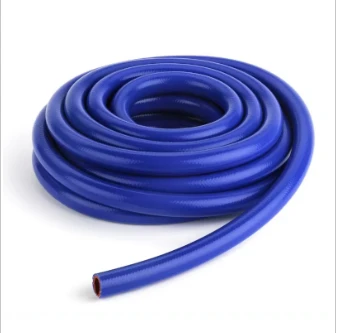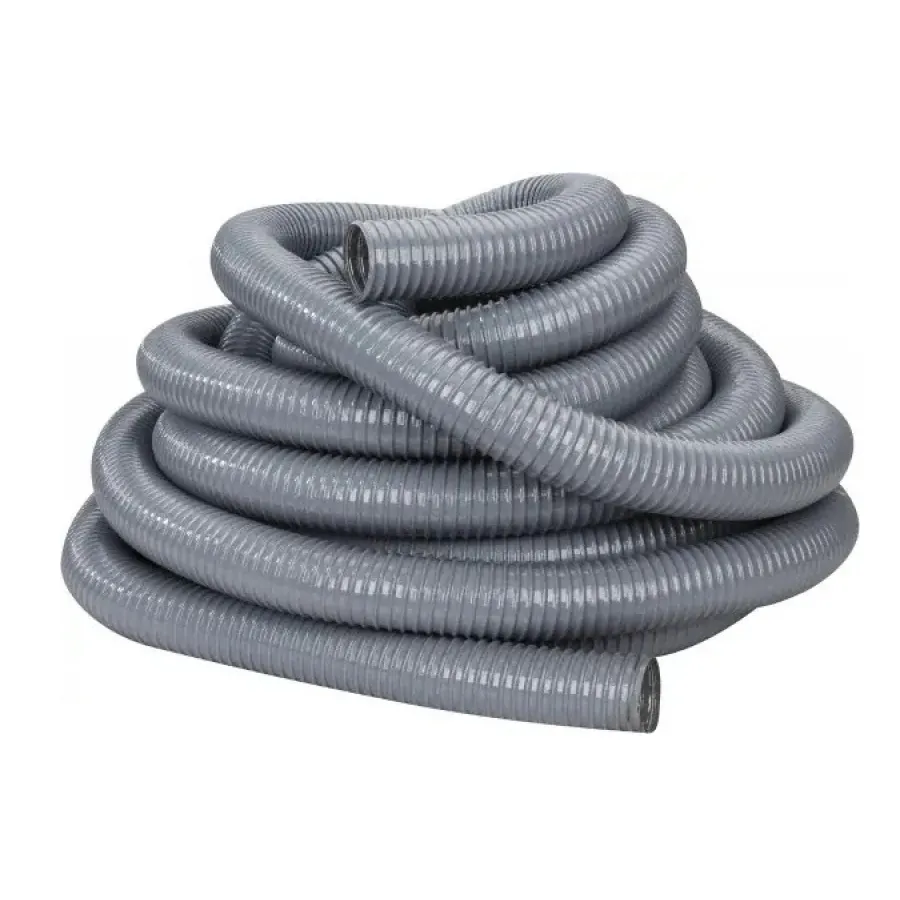
- Afrikaans
- Albanian
- Amharic
- Arabic
- Armenian
- Azerbaijani
- Basque
- Belarusian
- Bengali
- Bosnian
- Bulgarian
- Catalan
- Cebuano
- Corsican
- Croatian
- Czech
- Danish
- Dutch
- English
- Esperanto
- Estonian
- Finnish
- French
- Frisian
- Galician
- Georgian
- German
- Greek
- Gujarati
- haitian_creole
- hausa
- hawaiian
- Hebrew
- Hindi
- Miao
- Hungarian
- Icelandic
- igbo
- Indonesian
- irish
- Italian
- Japanese
- Javanese
- Kannada
- kazakh
- Khmer
- Rwandese
- Korean
- Kurdish
- Kyrgyz
- Lao
- Latin
- Latvian
- Lithuanian
- Luxembourgish
- Macedonian
- Malgashi
- Malay
- Malayalam
- Maltese
- Maori
- Marathi
- Mongolian
- Myanmar
- Nepali
- Norwegian
- Norwegian
- Occitan
- Pashto
- Persian
- Polish
- Portuguese
- Punjabi
- Romanian
- Russian
- Samoan
- scottish-gaelic
- Serbian
- Sesotho
- Shona
- Sindhi
- Sinhala
- Slovak
- Slovenian
- Somali
- Spanish
- Sundanese
- Swahili
- Swedish
- Tagalog
- Tajik
- Tamil
- Tatar
- Telugu
- Thai
- Turkish
- Turkmen
- Ukrainian
- Urdu
- Uighur
- Uzbek
- Vietnamese
- Welsh
- Bantu
- Yiddish
- Yoruba
- Zulu

មេសា . 19, 2025 07:05 Back to list
Flexible Silicone Radiator Hose - High-Temp & Durable Cooling Solutions Stainless Steel & 1 1/2 Inch Options
Did you know 68% of radiator failures trace back to cracked or leaking hoses? Traditional rubber hoses crack under extreme heat, while cheap alternatives warp at just 250°F. Your equipment deserves better. Discover how flexible silicone radiator hose
s outperform competitors and slash maintenance costs by up to 40%.

(flexible silicone radiator hose)
Technical Superiority That Makes Rivals Sweat
Our flexible silicone radiator hose laughs at -65°F to +400°F extremes. Compare that to stainless steel flexible radiator hose models that conduct heat 30% faster - a recipe for burned technicians. See why silicone dominates:
| Feature | Silicone | Stainless Steel | Rubber |
|---|---|---|---|
| Max Temp | 400°F | 600°F | 250°F |
| Weight | 0.8 lb/ft | 3.2 lb/ft | 1.1 lb/ft |
Custom Solutions That Fit Like Gloves
Need 1 1/2 silicone radiator hose for heavy machinery? We engineer hoses in 48 hours flat. Our proprietary 3-layer reinforcement beats standard models in burst pressure tests (325 PSI vs. 240 PSI). Custom flanges? Specialized connectors? Just ask.
Real-World Success
Minnesota trucking fleet reduced winter breakdowns by 82% after switching to our cold-weather silicone hoses. Texas power plant cut hose replacement costs by $12,000/year. What could your operation achieve?
Your Move, Industry Leader
While competitors take 2-3 weeks, we ship 95% of flexible silicone radiator hoses within 72 hours. Every order includes our 5-year leak-free guarantee. Ready to upgrade?
Stop compromising with inferior hoses.

(flexible silicone radiator hose)
FAQS on flexible silicone radiator hose
Q: What are the key benefits of using a flexible silicone radiator hose?
A: Flexible silicone radiator hoses offer superior heat resistance (up to 300°F+), flexibility for tight installations, and resistance to chemicals and ozone degradation. They also last longer than rubber hoses in high-stress environments.
Q: How does a stainless steel flexible radiator hose compare to a silicone one?
A: Stainless steel hoses provide extreme abrasion resistance and durability but are heavier and less vibration-absorbent. Silicone hoses are lighter, better for thermal flexibility, and ideal for performance or racing applications.
Q: Is a 1 1/2 silicone radiator hose suitable for heavy-duty engines?
A: Yes, a 1 1/2-inch silicone radiator hose handles high coolant flow rates and fits many heavy-duty engines. Ensure it meets SAE/J20 R7 standards for pressure and temperature requirements.
Q: Can flexible silicone radiator hoses withstand extreme coolant pressures?
A: Yes, reinforced silicone hoses with embedded polyester or aramid fibers can withstand pressures up to 50 PSI or higher, making them suitable for turbocharged or high-performance systems.
Q: Are silicone radiator hoses compatible with all coolant types?
A: Silicone hoses work with most glycol-based coolants but avoid prolonged exposure to straight water or acidic additives, which can degrade the material over time.
Latest News
Steel Wire Reinforced Hydraulic Hose SAE 100 R1 / EN853 1SN S
NewsOct.17,2024
Two Layers Steel Wire Reinforced Hydraulic Hose SAE 100 R2 / EN853 2SN
NewsSep.03,2024
Textile Braid Reinforced Hydraulic Hose SAE100 R3+R6
NewsSep.03,2024
Textile Reinforced Hydraulic oil Suction Hose with embedded Steel Wire SAE 100 R4
NewsSep.03,2024
Single Wire Braid and Textile Covered Hydraulic Hose SAE 100 R5
NewsSep.03,2024
High Pressure Thermoplastic Hydraulic Hose SAE 100 R7 / EN855 R7 - SAE 100 R8 / EN855 R8
NewsSep.03,2024
Heavy Duty Four-layer Steel Wire Spiral Reinforced Hydraulic Hose SAE100R9+R10+R12
NewsSep.03,2024
Heavy Duty Multi-layer Steel Wire Reinforced Hydraulic Hose SAE100R13 SAE100R15
NewsSep.03,2024
Latest Products










